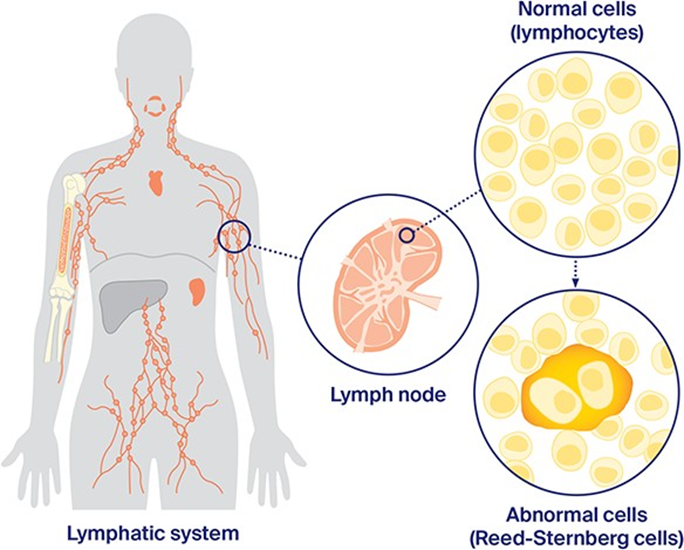In planning care for a patient with acute myocardial infarction (AMI), which of the following should the nurse identify as the highest priority goal of care?
Stable ECG rhythm
Ability to verbalize causes and effects of CHD/CAD
Adequate relief of pain
Compliance with prescribed bedrest
The Correct Answer is C
Choice A reason : While maintaining a stable ECG rhythm is important, it is not the highest priority. The primary concern is to address life-threatening complications.
Choice B reason : Educating the patient about the causes and effects of coronary heart disease (CHD) or coronary artery disease (CAD) is important for long-term management but is not the immediate priority during acute care.
Choice C reason : Adequate relief of pain is the highest priority in the care of a patient with AMI. Pain is an indicator of ongoing ischemia and can increase the workload of the heart, thereby worsening the condition.
Choice D reason (AMI): While bedrest is part of the care plan, it is not the highest priority compared to pain relief, which has direct implications on the patient's immediate physiological status.
Nursing Test Bank
Naxlex Comprehensive Predictor Exams
Related Questions
Correct Answer is B
Explanation
Choice A reason : Maintenance chemotherapy is not typically used to maintain remission in Hodgkin's lymphoma after successful treatment.
Choice B reason : Follow-up appointments are crucial for monitoring any signs of recurrence or secondary malignancies, as well as managing long-term effects of treatment.
Choice C reason : The potential impact of chemotherapy on fertility is an important topic, especially for younger patients, but may not be as relevant for a 55-year-old woman.
Choice D reason : Addressing symptoms like pruritus, which can persist after treatment, is important for patient comfort and quality of life.

Correct Answer is D
Explanation
Choice A reason: Muscle dysfunction can be a consequence of COPD due to decreased activity levels, but it is not a risk factor for developing COPD.
Choice B reason: Poor nutrition can affect the overall health of individuals with COPD but is not a direct risk factor for developing the disease.
Choice C reason: Weight loss can occur in advanced stages of COPD due to increased energy expenditure from breathing difficulties, but it is not a risk factor for developing COPD.
Choice D reason: Increased risk for pneumonia is a direct risk associated with COPD, as the disease can compromise the respiratory system's ability to clear infections.
Whether you are a student looking to ace your exams or a practicing nurse seeking to enhance your expertise , our nursing education contents will empower you with the confidence and competence to make a difference in the lives of patients and become a respected leader in the healthcare field.
Visit Naxlex, invest in your future and unlock endless possibilities with our unparalleled nursing education contents today
Report Wrong Answer on the Current Question
Do you disagree with the answer? If yes, what is your expected answer? Explain.
Kindly be descriptive with the issue you are facing.
